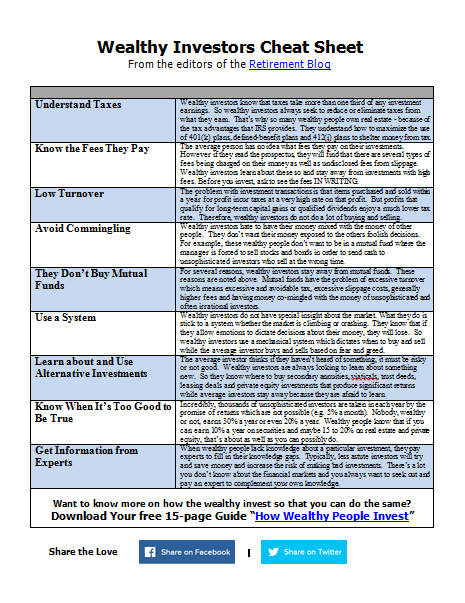Nobody wants to think about financial disaster and losing their retirement fund, however it may occur to the best of people. Actually, the Administrative Office of the U.S. Courts announced that for the 12-month time period closing March 31, 2010, there were nearly 1.6 million bankruptcy filings. I am sure most of those folks never planned on filing bankruptcy.
Research by Harvard University disclosed that medical problems triggered half of those individuals to seek defense against creditors. According to the Congressional Record, seniors (sixty-five and older) are now the fastest growing age group filing for insolvency protection. If situations force you into bankruptcy, you can take comfort in understanding that some of your possessions might now be much better secured and protected from creditors. Take these suggestions to best defend your retirement fund in the event of asset liquidation.
On April 20, 2005, the President signed the Bankruptcy Abuse Prevention and Consumer Protection Act of 2005. The objective of this new legislation was to change current regulations to support make credit more affordable for U.S. citizens. A part of the regulations expanded the language concerning the protection of retirement funds.
All money that you have in qualified retirement funds, like 401(k)s, profit sharing programs, and 403(b)s are now exempt from creditors. This is a federal law and applies in all states. Your IRAs and Roth IRAs would have a $1 million restriction that's modified for inflation. Now you might think that this is not a particularly big amount because numerous investors get big rollovers when they stop working. The US government took good care of you there. The $1 million restriction applies solely to your contributions and the associated appreciation. It does not consist of funds rolled into your IRAs from qualified programs, which have unlimited protection. Keep in mind that the above solely can be applied in the situation of bankruptcy, not financial hardship (e.g. general creditor problems) and we'll shortly offer retirement advice for that circumstance.
For example, assume that over the last thirty years you had consistently contributed the maximum into your IRA retirement fund. Now that account is worth $400,000. What if you still have $800,000 sitting in your former employer's 401(k) and were afraid to roll it into your IRA because your state had weak insolvency protection legislation? The new federal legislation has changed all of that. For even though the IRA will be worth $1.2 million following the rollover, only the original $400,000 will be protected by the $1 million protection limit. The balance, because it is rolled over from a qualified plan (a company plan), falls in to the limitless protection category. Nevertheless, this only applies to bankruptcy, not to judgments awarded in other courts where state creditor protection laws can possibly prevail. Important retirement advice: verify and know your STATE's rules that guard your retirement fund. Some states may judge your retirement fund exempt from creditors and others not. Find out.
Thanks to the new provisions, your IRAs will have more creditor protection (under bankruptcy law) and be there when you need the cash. Consequently, you can have greater peace when you roll your qualified plan funds into an IRA. Plus you will have the freedom that an IRA can provide, such as more investment choices, much less restrictive guidelines, and tax-savings provisions for your beneficiaries. Our retirement advice is that all investors consult with their very own qualified tax and legal experts prior to making any retirement fund movements.

Leave a Reply